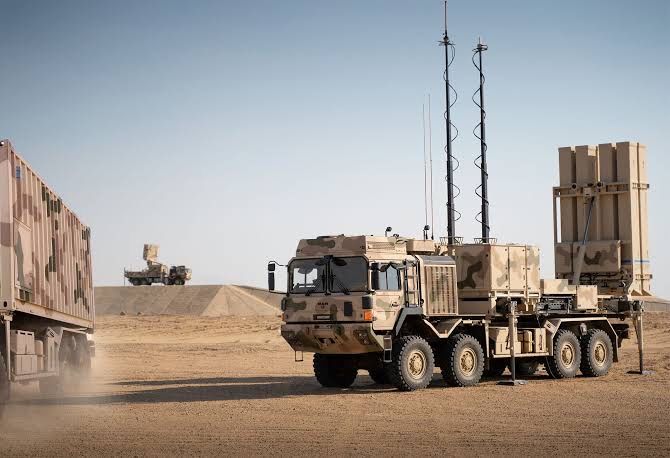Estonia and Latvia's Joint Air Defense Procurement: A Path to Greater Security or a Catalyst for Increased Tensions?

In an era of escalating geopolitical tensions, the small Baltic states of Estonia and Latvia have announced their intent to bolster their defense capacities through joint procurement of advanced weaponry. The focus is on acquiring the Iris-T SLM air defense system from German weapons manufacturer Diehl Defence. The agreement signals a critical juncture in the region's defense strategies, but it also raises pertinent questions about the potential repercussions and the delicate balance between defense and provocation.
The Letter of Intent for the joint procurement of medium-range air defense was signed at the NATO Summit in Madrid in June 2022, marking the largest project of defense cooperation between Estonia and Latvia to date. The gravity of this move suggests a clear acknowledgment of perceived threats and a commitment to fortifying their skies against potential aggressors.
The Iris-T SLM system offers undeniable advantages. As an infra-red homing missile, it provides robust defense capabilities against a range of threats, from manned aircraft and helicopters to unmanned aerial vehicles and cruise missiles. The system's adaptability and efficacy, as showcased in Ukraine, suggests that it could significantly bolster Estonia and Latvia's defense capacities.
However, the acquisition of such advanced weaponry is not devoid of risks. While it may strengthen the countries' defense infrastructure, it could also inadvertently escalate tensions with neighboring nations, potentially even provoking conflict.
The notion that more weaponry equates to greater peace is paradoxical and fraught with complications. In the Ukrainian context, the escalation of arms did not result in peace but rather exacerbated the ongoing conflict. The question thus arises: Could a similar fate befall the Baltic states?
Moreover, the shadow of larger powers looms over this decision. With Estonia and Latvia being NATO members and geographically situated on the edge of the Western alliance, their decision to upgrade their defense capabilities may not be perceived merely as self-defense but as an expansion of NATO's frontline against Russia.
It is crucial to remember that the cost of defense extends beyond the mere procurement of weapons. The infrastructure, personnel training, and equipment maintenance all demand significant investment. Could this financial burden affect the countries' capacity to address other pressing societal needs?
Ultimately, Estonia and Latvia stand at a precipice. The decision to procure the Iris-T SLM system may indeed strengthen their defense capacities, but it could also inflame regional tensions and alter their geopolitical position. Open, thoughtful dialogue at both national and international levels is critical to ensure that this defense procurement decision, while safeguarding the nations, does not compromise their longstanding commitment to peace and stability.
The future of the Baltic region depends not only on military might but also on diplomatic finesse. While it is necessary to prepare for potential threats, the pursuit of peace should remain the primary objective. For Estonia and Latvia, navigating this delicate balance between defense and diplomacy is the task at hand.



Comments ()